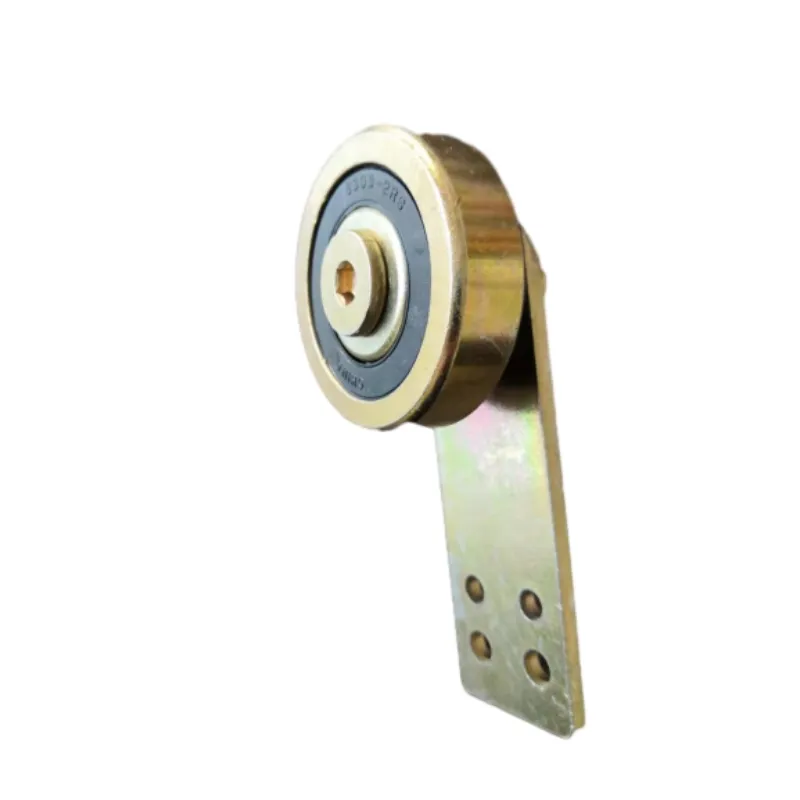
Nov . 22, 2024 04:43 Back to list
nu 205 bearing
The NU 205 Bearing A Comprehensive Overview
Bearings are essential components in various machinery and equipment, serving the critical function of reducing friction between moving parts. This article focuses on the NU 205 bearing, a widely used type of cylindrical roller bearing renowned for its versatility and reliability in industrial applications.
Understanding NU 205 Bearings
The NU 205 bearing belongs to the NU series of cylindrical roller bearings, which are characterized by their ability to accommodate high radial loads and are designed with a minimal axial load capacity. The designation NU indicates that the bearing has a cylindrical inner bore and that the outer ring is not fixed axially, allowing for a certain degree of axial displacement. The 205 specifies the bearing’s dimension series, denoting its size and load-carrying capabilities.
Key Specifications
- Dimensions The NU 205 bearing typically has an inner diameter of 25 mm, an outer diameter of 52 mm, and a width of 15 mm. These specifications make it suitable for a wide range of applications. - Load Capacity This bearing type is designed to handle high radial loads, making it ideal for machinery that operates under significant stress. The maximum dynamic load rating is around 19.5 kN, while the static load rating is approximately 10.6 kN. - Speed Limits Depending on the application and lubrication used, the NU 205 can operate effectively at speeds up to 8,000 RPM, making it suitable for high-speed machinery.
Material and Design Features
The NU 205 bearing is typically made from high-quality steel, which provides strength and durability under varying operational conditions. The surface finish of the raceways is crucial as it affects both the lubrication and the overall wear resistance of the bearing.
One of the notable design features of the NU 205 is its absence of an axial locating feature, which allows for the free axial movement of the inner ring. This is particularly advantageous in applications where thermal expansion might occur, as it enables the bearing to accommodate fluctuations in the mounting environment without compromising performance.
nu 205 bearing

Applications
The NU 205 bearing is versatile and can be found in various applications, including
1. Automotive Industry Used in gearboxes and differentials, where it helps manage the efficient transfer of power while minimizing frictional losses. 2. Industrial Machinery Commonly found in conveyor systems, pumps, and electric motors, where reliable operation is crucial for productivity. 3. Agricultural Equipment Utilized in tractors and other farming machinery, the NU 205 provides the necessary reliability for demanding agricultural tasks.
4. Railway Applications Implemented in train axles and wheels, where robust performance under heavy loads and varying speeds is essential for safety and efficiency.
Maintenance and Care
To ensure the longevity and optimal performance of NU 205 bearings, regular maintenance is critical. Key practices include
- Lubrication It is essential to keep the bearing adequately lubricated to reduce friction and wear. Depending on the operating environment, different types of lubricants can be used, including oils or grease. - Alignment Proper alignment during installation will ensure that the load is evenly distributed across the bearing, preventing premature failure. - Inspection Regularly checking for signs of wear or damage can help in identifying issues early, preventing costly downtime or equipment failure.
Conclusion
The NU 205 bearing is a vital component across various industries due to its robust design, ability to handle heavy loads, and compatibility with high-speed operations. Its applications in automotive, industrial, agricultural, and railway sectors underscore its importance in ensuring machinery operates smoothly and efficiently. With proper care and maintenance, the NU 205 bearing can offer enduring performance, making it an invaluable asset in any mechanical system. As technology continues to evolve, the relevance of reliable bearings like the NU 205 will remain paramount in ensuring operational excellence across numerous fields.
Latest news
-
Premium Deep Groove Ball Bearings | High Speed & Reliability
NewsAug.29,2025
-
Durable Scaffolding Clamps - Secure & Reliable Tube Connectors
NewsAug.28,2025
-
Common Failures in Thrust Ball Bearings and Solutions
NewsAug.22,2025
-
How Tapered Roller Bearings Can Take Shock Loads
NewsAug.22,2025
-
Angular Bearings in High-Precision Spindles
NewsAug.22,2025
-
The Impact of Misalignment on Cylindrical Roller Bearing Performance
NewsAug.22,2025
